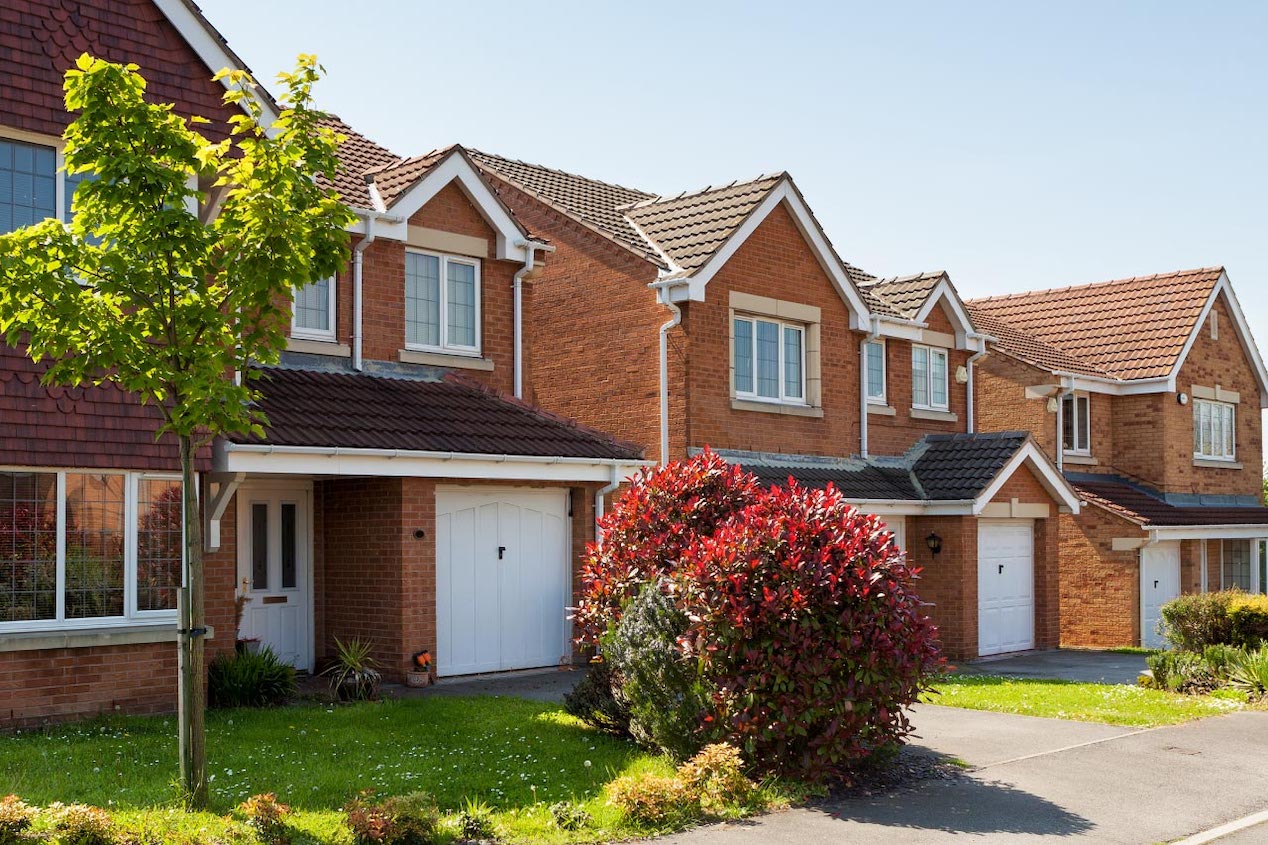
Photo: wajan / Adobe Stock
Stucco and brick siding are popular exterior property coverings and can increase curb appeal. Stucco is more budget-friendly and is available in a wider range of finishes, but brick has a higher-end look and has better fire and moisture resistance. Let’s look at some of the key differences between these two popular home siding types.
On This Page:
- What’s the Difference Between Stucco and Brick Siding?
- Stucco vs. Brick Exterior: Which Is Better?
- Appearance
- Cost
- Durability
- Efficiency
- Environmental Friendliness
- Installation
- Maintenance
- Resale Value
- Safety
- Stucco vs. Brick Exterior: Which Is Best for Your Home?
- Stucco vs. Brick vs. Wood Siding
What’s the Difference Between Stucco and Brick Siding?
Brick lasts longer than stucco but costs considerably more. While it’s not great in constantly damp locations, stucco is more affordable and you can paint it for greater customization.
Stucco
Stucco works well for contemporary properties, and you can apply it over many different surfaces. It has a lifespan of around 50 years with some maintenance and has moderate fire resistance. It performs best in dry climates as it’s susceptible to moisture damage.
Brick
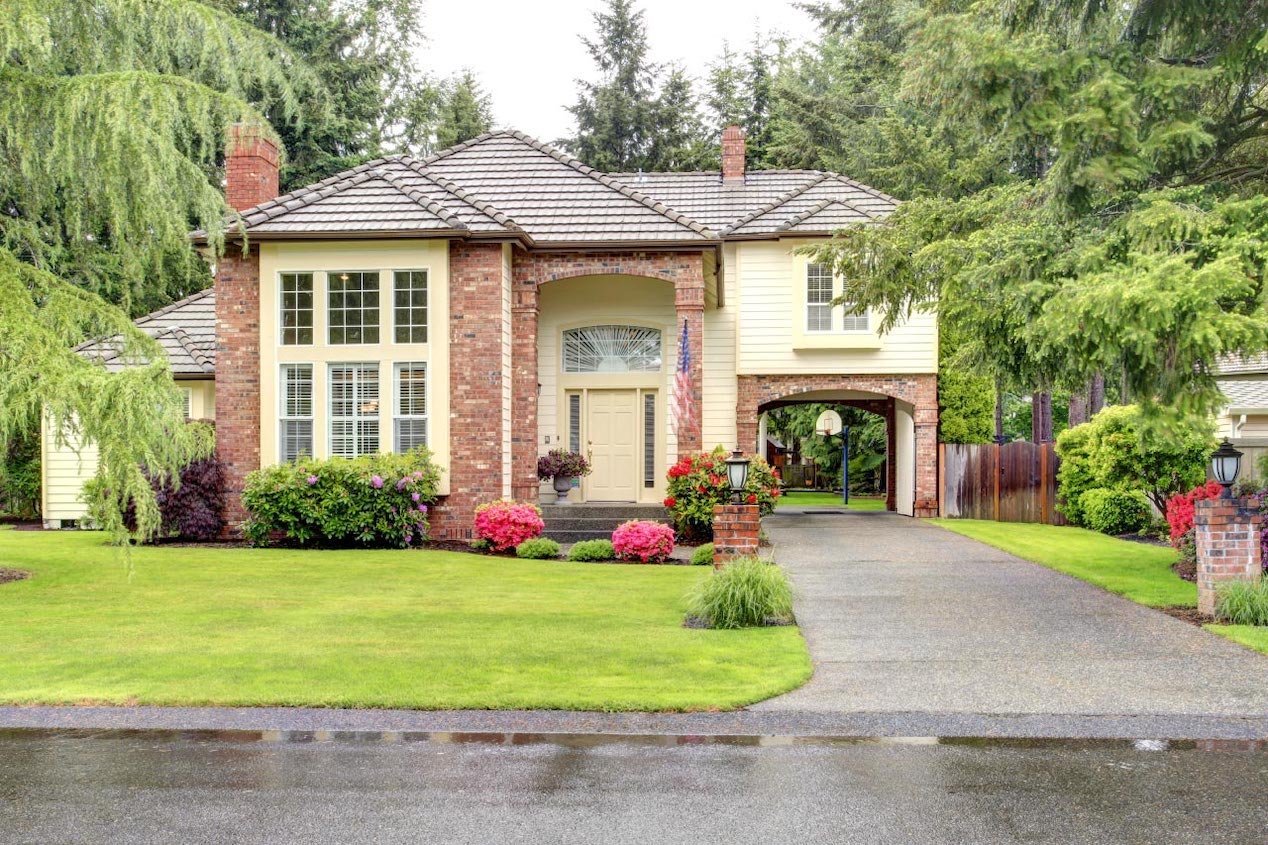
Photo: Iriana Shiyan / Adobe Stock
Brick siding costs significantly more than stucco but works well in any climate, as it has outstanding weather resistance. It’s tough, durable, withstands impact damage, and is highly fire resistant. Brick siding has a lifespan of over 100 years and requires little maintenance. However, color options are limited.
Find a Local Brick Siding ProStucco vs. Brick Exterior: Which Is Better?
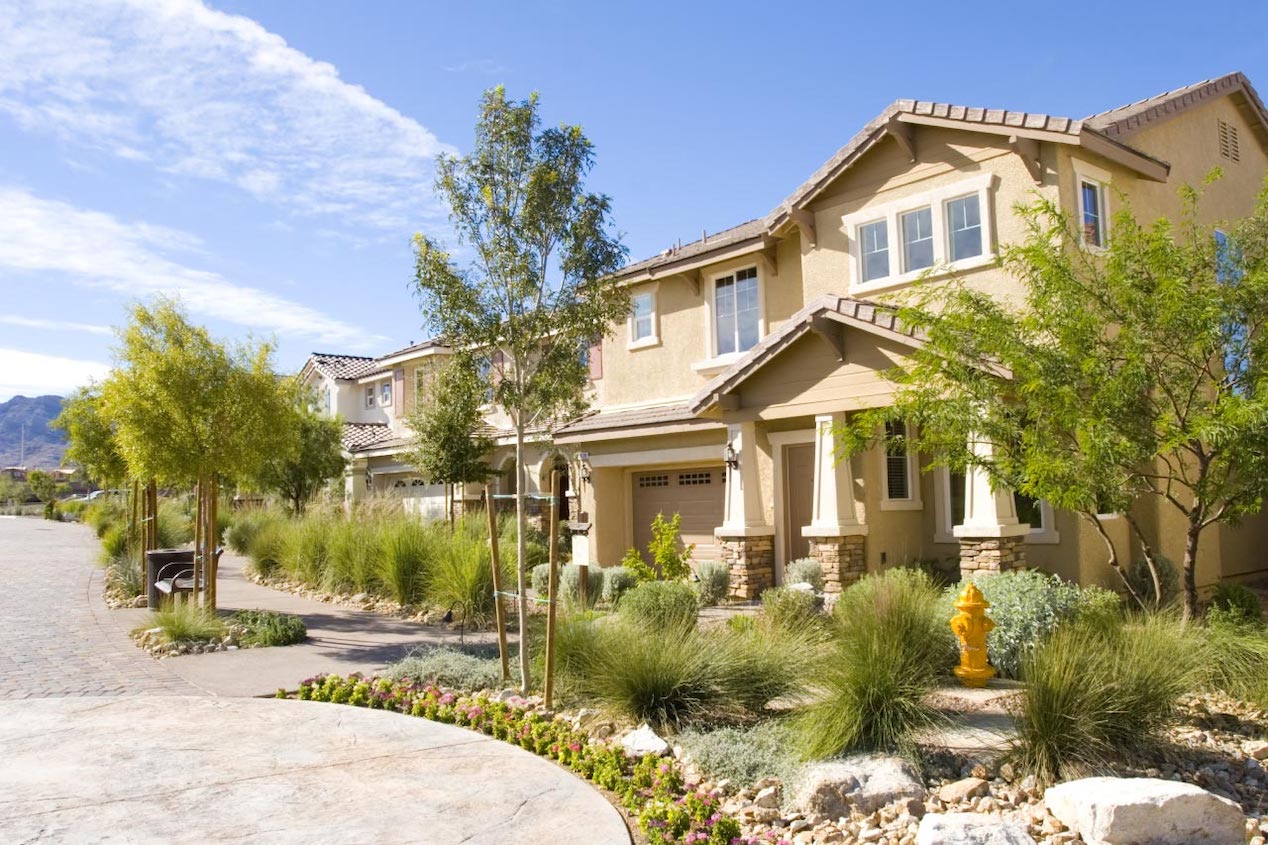
Photo: MAXFX / Adobe Stock
Appearance
Best Looking: Brick
Brick has a timeless, high-end look with contemporary and traditional properties. Its range of colors is limited and doesn’t look good painted, but the maintenance required to keep brick looking its best is minimal. Stucco siding has a bright, clean appearance and can be painted in any color once dry and cured. It works well on modern properties but does require regular cleaning and maintenance to keep it looking its best.
Cost
Most Affordable: Stucco
Stucco siding costs $7 to $9 per square foot, including labor and materials, while brick siding costs $9 to $28 per square foot. Brick siding varies so much based on the type, with faux brick veneer costing $9 to $15 per square foot, thin brick veneer priced at $10 to $20 per square foot, and face brick veneer costing $14 to $28 per square foot. Siding costs vary based on your location, the project complexity, and the thickness of the material, too.
Durability
Most Durable: Brick
Brick siding is by far the most durable option because it’s more resistant to all types of environments and climate conditions, including perpetual dampness or humidity. Stucco is susceptible to rot and mold, while brick isn’t. Brick siding is also better able to withstand the expansion and contraction associated with the freeze-thaw cycle in cold climates.
Efficiency
Most Efficient Insulator: Tie
Brick and stucco aren’t particularly effective insulators. Both have low R-values, which measure how well a material stops the transfer of heat. Stucco has an R-value of 0.2 per inch, and standard brick veneer has an R-value of 0.8. You’ll need to add extra insulation to both types to make the property more efficient.
Environmental Friendliness
Most Green-Friendly: Brick
Both brick and stucco are made from natural materials, but they also have high energy consumption during manufacturing. Plus, they’re heavy so fuel consumption for transportation is considerable. However, brick wins this category because it has roughly twice the lifespan of stucco, lasting around 100 years compared to stucco’s 50. Additionally, you can reclaim or reuse brick if you remove the siding.
Installation
Best for Professional Installation: Tie
Neither stucco nor brick siding is suitable for DIY installation. Technically, you’ll save on labor costs if you go the DIY route, but the installation requires a high degree of precision and skill most homeowners don’t have. You’re better off hiring a local siding contractor since getting it wrong means you’ll have to pay far more to fix it than you would’ve paid for the initial installation.
Maintenance
Easiest to Maintain: Brick
Brick is the easiest siding to maintain since it rarely needs to be cleaned and doesn’t rot or grow mold, although you may need to repaint the mortar if there’s an excessive amount of crumbling or decay. Stucco is comparatively brittle and tougher to maintain since it’s prone to cracking as the house settles over time. It’s also more prone to discoloration because of its porous nature, needs to be repainted every five to eight years, and must be cleaned regularly. Also, you’ll need to stay on top of repairing holes and patching cracks to prevent excessive moisture damage and rot.
Resale Value
Best for Resale Value: Brick
Brick has the highest resale value, at 6%. It beats out stucco because of its high-end look, low maintenance requirements, and excellent fire resistance.
Safety
Safest Material: Brick
Brick is by far the safest siding material for fire resistance and can resist fire for up to 4 hours, while a 1-inch covering of stucco can last for 1 hour before it succumbs. Additionally, brick is more resistant to impact than stucco and can withstand storm-blown debris, an errant baseball, or wind-driven hail.
Stucco vs. Brick Exterior: Which Is Best for Your Home?
For Areas of High Fire Risk
Brick is the best choice of siding if you live in an area of high fire risk because it can resist fire for up to 4 hours. While it won’t stop an interior fire from spreading throughout the inside of the home, it does act as a temporary firestop from exterior fire threats.
For Noisy Neighborhoods
If you live in a noisy neighborhood or close to airports or busy roads, brick is the best siding choice as it’s better at blocking noise than stucco. Brick has a sound transmission class, or STC, of 53 compared to stucco’s STC rating of 29.
Stucco vs. Brick vs. Wood Siding
Wood siding is a strong contender against both stucco and brick. It’s easier to repair than stucco and is less brittle, although it doesn’t have the same degree of impact resistance as brick. Wood siding requires more maintenance than brick but is less likely to stain than stucco. It’s not fire resistant or particularly resistant to moisture, but it’s an excellent insulator with much higher R-values than either brick or stucco.
Find the Best Material for Your Home's Exterior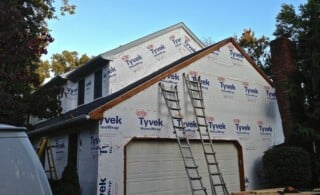 Siding Replacement: What to Expect
Siding Replacement: What to Expect 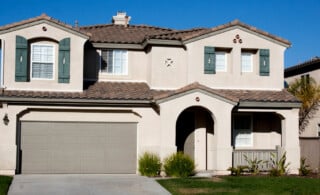 EIFS vs. Stucco: What Are the Differences?
EIFS vs. Stucco: What Are the Differences? 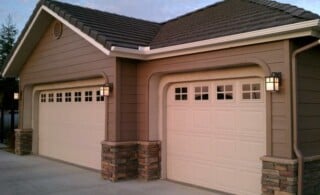 Masonite Siding: A Strong Alternative
Masonite Siding: A Strong Alternative 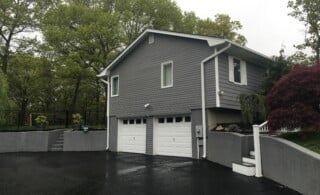 Liquid Siding – Worth a Look?
Liquid Siding – Worth a Look? 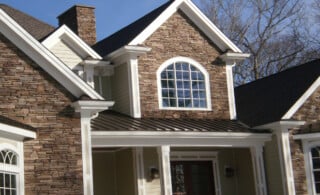 Stone Veneer: Better than the Real Thing?
Stone Veneer: Better than the Real Thing? 

Are You Familiar With This Topic? Share Your Experience.